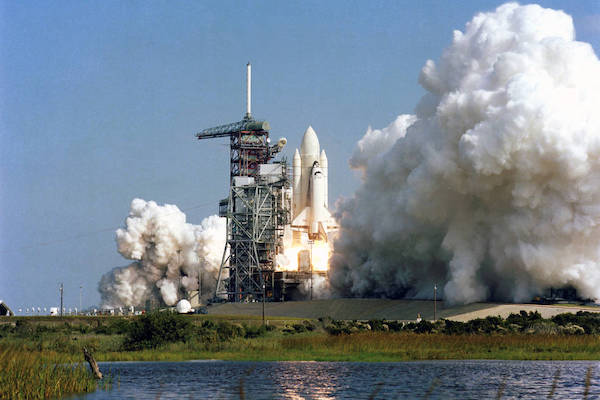
Image via NASA
As last-minute Christmas gifts come, there isn’t anything much more spectacular than a NASA space telescope. You’ll have to fork out a hefty chunk for it of course, US$10 million to be precise.
In what seems to be a strange find, a telescope on board the Space Shuttle Columbia, which launched on December 2, 1990, has been listed for sale on Craigslist.
In total, there were four telescopes onboard the flight—three which detected ultraviolet rays and one which looked at x-rays. Three of them are on display at the National Air and Space Museum, while the fourth, named the Broad Band X-Ray Telescope (BBXRT), was bought by a private collector back in 2003.
Now, it’s going for US$10 million, with the listing saying the telescope “can ship worldwide (no export restriction) in standard sea container.” Its owner, John Urciolo, who runs a Maryland-based aerospace contracting company, told Futurism that while he has placed the item for sale, he’s not in a hurry to get rid of it.
For almost two decades, Urciolo has stored the massive relic inside a shipping container mounted to a custom-made dolly, and due to its price, he knows it’ll take a while before it finds a new owner.
According to Futurism, many precious NASA artifacts have landed in the hands of private collectors, many of which have been resold for a large chunk of change. For example, a bag used by Neil Armstrong used to collect samples on the Apollo 11 mission sold for nearly US$2 million at an auction in 2017.
Urciolo said he had first tried to sell the telescope on eBay, but after the auction site changed its policies to suit buyers, he turned to Craigslist instead. Up till now, he’s gotten about a dozen replies, though none of them have led to a successful sale yet.
“Please call me to schedule viewing and any additional particulars. Will accept partial payment plus acceptable trade,” he wrote on the listing.
